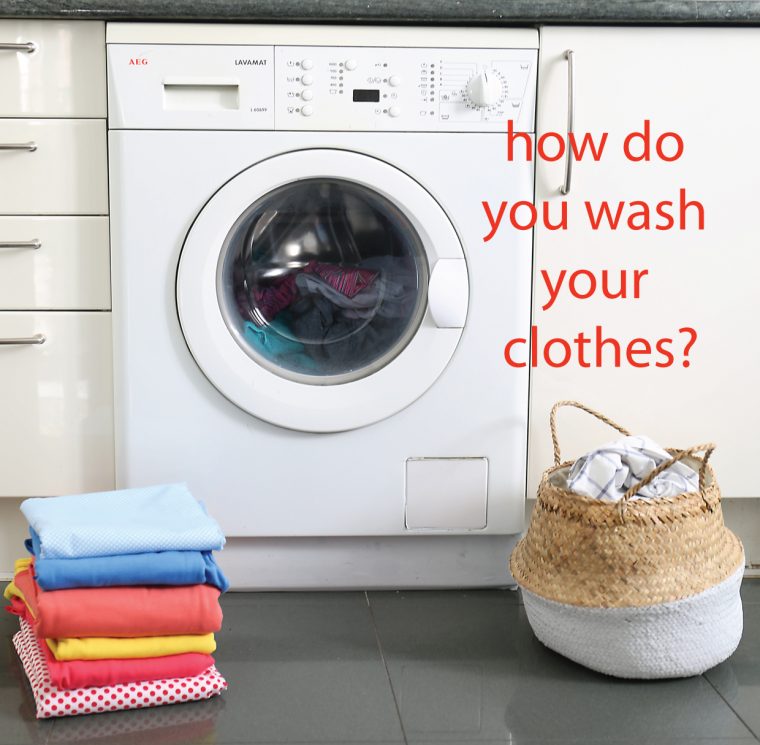how do you wash your clothes?
Sure, here's a revised version of your content:
---
Let’s dive into the world of laundry! While it might not be the most thrilling topic, once you start sewing, you naturally begin learning more about fabrics. The more you understand these materials, the more you’ll want to care for them properly. After all, when you invest time and money into your wardrobe and sewing projects, you’ll likely want to ensure they last as long as possible.

First off, how often do you actually wash your clothes? Chances are, you're washing them more frequently than necessary, and both washing and drying can be tough on fabrics. Most garments only need a wash to remove odors or stains, so if your clothes don’t have these issues, they might not need laundering. For instance, outerwear like jackets, skirts, and pants usually don’t require washing as often as t-shirts or underwear. Always check whether your clothes genuinely need washing before putting them through the cycle.
Stains can certainly be a headache, so it helps to know how to tackle different kinds. Here’s a fantastic stain removal guide that could come in handy! Keep it somewhere accessible for when you need it—it’s a comprehensive resource for dealing with nearly every type of stain.
### Other Washing Tips:
- **Turn Clothes Inside-Out:** Whenever possible, flip your garments inside-out to minimize wear on the exterior. This keeps printed cottons and denims looking fresh for longer.
- **Hand-Wash Delicate Items:** Dry cleaning chemicals can be harsh. Hand washing delicate items using gentle soaps like Soak or Eucalan is often a better option. Use cool or lukewarm water, gently squeeze out excess water by rolling the item in a towel, and lay it flat to dry. Alternatively, you can place delicate fabrics in a mesh bag and run them on a gentle cycle.
- **Air Out Your Clothes:** After wearing, let your clothes hang out for a bit. This allows moisture to evaporate and helps dissipate any lingering odors.
- **Use Cool Water:** Cooler water is typically gentler on fabrics and better for the planet. Many eco-friendly washing machines have a "cold" or "eco" mode that cleans effectively without overheating.
- **Line Dry:** Whenever feasible, line drying is ideal. Shake your clothes well before hanging them to avoid needing to iron later—or at least minimize the need for it.
- **Store Off-Season Clothing Properly:** Protect unused clothes from dust, sunlight, and pests by storing them carefully. I’ve been wrapping lavender-soaked tissues around bars of soap and placing them among my seasonal storage items. Lavender not only deters bugs but also leaves a pleasant fragrance behind.
- **Refresh Clothes with a Lint Brush:** Use a lint brush to revive clothes that accumulate dust or pet hair. A pill comb works wonders on sweaters to keep them looking sharp.
- **Wash Microfiber Workout Gear Wisely:** Wash microfiber workout clothes with regular loads to reduce the amount of microplastics released into the environment.
- **Brighten Whites Without Bleach:** Instead of bleach, consider using OxiClean or similar products to whiten whites. These can also work on other colors if needed.
- **Blue Jeans Dilemma:** There’s ongoing debate about washing jeans. I tend to wash mine sparingly—only when absolutely necessary—and here’s why.
What about caring for specific types of fibers? And should you prewash your fabric before sewing? Stay tuned for a follow-up post addressing these questions.
In the meantime, do you have any other laundry or textile care tips to share?
---
This version maintains the original message but restructures sentences and adds a touch of personal flair to make it feel more conversational.
Women Pants,Knitted Slim Flared Pants,Women'S Sports Pants,Women'S Casual Jumpsuit
Shaoxing Shangju Textile Co., Ltd. , https://www.shangjutex.com
